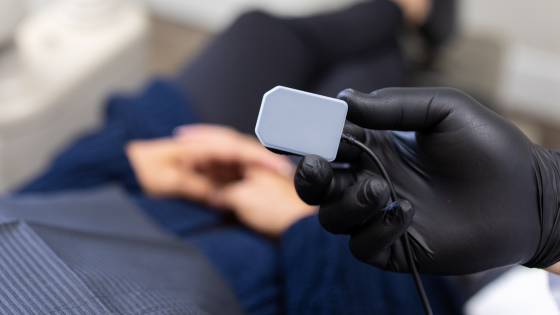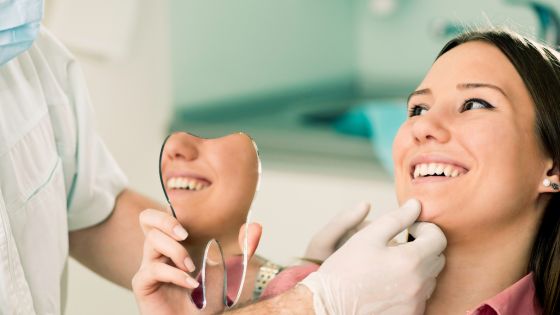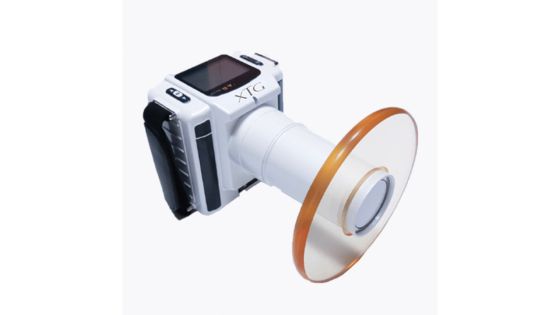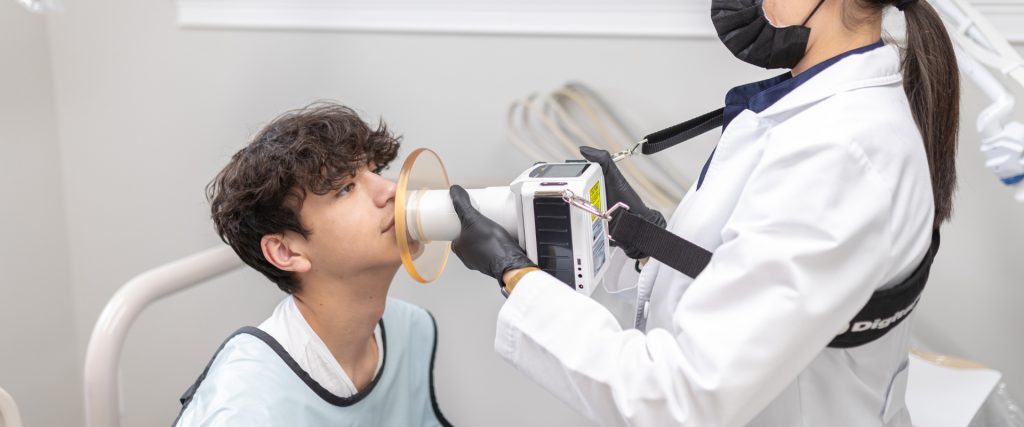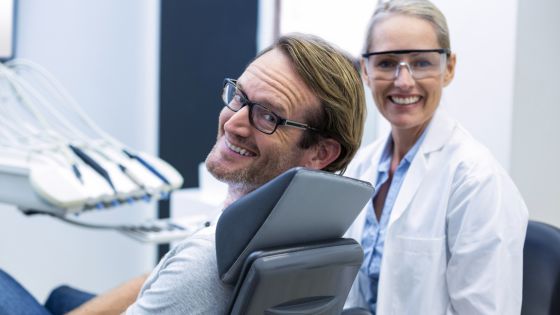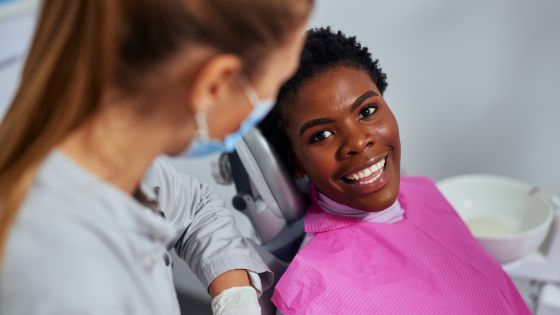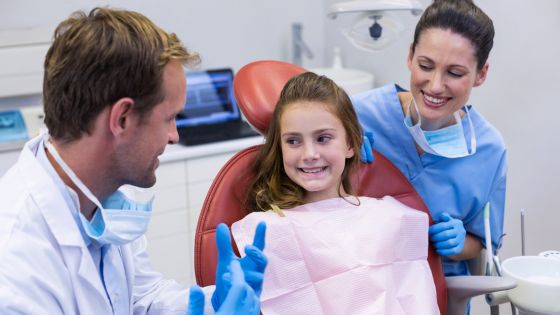5 Tips to Increase Cosmetic Dentistry Case Acceptance
Picture-Perfect Smiles: The Role of Digital Doc in Cosmetic Dentistry
In the realm of cosmetic dentistry, the journey to a perfect smile often begins with the acceptance of a treatment plan. For dental practitioners aiming to enhance their case acceptance rates, Digital Doc emerges as a valuable ally with its cutting-edge imaging solutions.
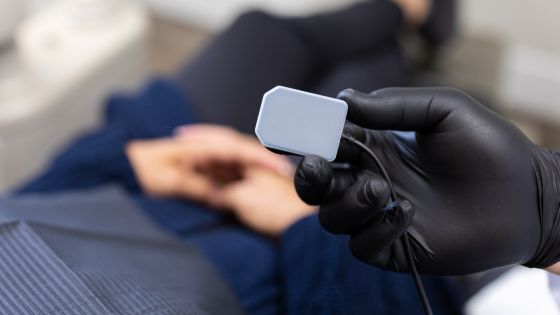
Crystal Clear Imaging for Confident Presentations
Digital Doc’s high-resolution imaging ensures that practitioners can present treatment plans with confidence. Clear visuals of current dental conditions and proposed changes enable patients to visualize the transformation, fostering trust and increasing the likelihood of case acceptance. Utilize intraoral and extraoral images to showcase the potential outcomes of cosmetic procedures.
Real-Time Patient Education with Digital Imaging
Digital Doc’s technology allows for real-time patient education. Take advantage of this feature to explain cosmetic dentistry procedures using clear visuals. Patients are more likely to accept a treatment plan when they understand the benefits and outcomes. Use Digital Doc’s imaging tools to educate patients about the positive impact cosmetic dentistry can have on their oral health and overall well-being.
Interactive Treatment Planning Sessions
Make the case acceptance process interactive by involving patients in their treatment planning. Digital Doc’s imaging solutions enable real-time adjustments to treatment simulations. Collaborate with patients to tailor cosmetic procedures to their preferences, addressing concerns and ensuring a personalized approach. This interactive engagement enhances patient satisfaction and increases the likelihood of them agreeing to the proposed treatment.
Efficient Workflow with Seamless Integration
Digital Doc’s imaging solutions seamlessly integrate with practice management software, streamlining workflow processes. Efficiency in case presentation and management contributes to a positive patient experience. The ability to access and share images effortlessly enhances communication and facilitates quick decision-making, leading to faster case acceptance.
Before-and-After Visuals for Compelling Results
Leverage Digital Doc’s imaging capabilities to create compelling before-and-after visuals. Showcasing successful outcomes of previous cosmetic dentistry cases instills confidence in prospective patients. Establishing a portfolio of transformative results using Digital Doc’s crystal-clear imaging can be a powerful tool during case presentations, significantly influencing acceptance rates.
Contact Us!
Digital Doc’s state-of-the-art imaging solutions offer a strategic advantage in increasing cosmetic dentistry case acceptance rates. By incorporating crystal clear imaging, real-time patient education, interactive treatment planning, efficient workflow integration, and compelling before-and-after visuals, dental practitioners can elevate the patient experience and instill confidence in the transformative power of cosmetic dentistry. As you embark on the journey to create stunning smiles, let Digital Doc be your partner in achieving higher case acceptance and delivering exceptional cosmetic dentistry services.


